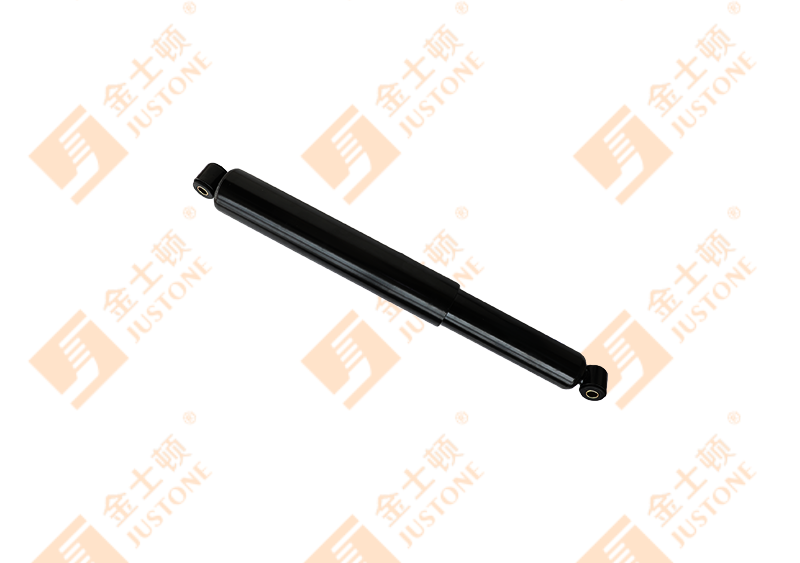Didn't find a product that suits you?
Contact us for the latest news.
Solar mount axial trackers adapt to seasonal changes in solar elevation angles and daylight hours through sophisticated tracking algorithms and mechanical adjustments. Here's how they typically achieve this adaptation:
Tracking Algorithms:
Axial trackers utilize advanced tracking algorithms that calculate the optimal position (azimuth and tilt angles) of solar panels based on real-time or predicted solar data. These algorithms consider parameters such as solar elevation angle, azimuth angle of the sun, time of day, and geographic location.
Real-Time Positioning:
Sensors, such as sun position sensors or GPS receivers, provide real-time data on the sun's position relative to the tracker's location. This information is continuously updated to adjust the orientation of the solar panels throughout the day.
Seasonal Adjustment:
Axial trackers are designed to accommodate seasonal variations in the sun's path across the sky. As the Earth's axial tilt changes throughout the year, causing the sun's elevation angle and daily path to vary, trackers adjust the tilt angle of solar panels to optimize energy capture.

Programmable Settings:
Some axial trackers have programmable settings that allow operators to pre-set seasonal adjustments based on local latitude and specific solar tracking requirements. These settings ensure that the tracker automatically adapts to maximize energy production during different seasons.
Mechanical Flexibility:
Mechanical components of axial trackers, such as rotating bases or tilting mechanisms, are engineered to be robust yet flexible. They allow for precise adjustments to the orientation of solar panels, accommodating changes in solar elevation angles without compromising structural integrity.
Operational Optimization:
Operational strategies may include periodic recalibration or fine-tuning of tracker settings to align with seasonal changes in solar irradiance and daylight hours. This optimization ensures that the tracker maintains high performance and efficiency across varying environmental conditions.
Monitoring and Control Systems:
Remote monitoring and control systems enable operators to oversee the performance of axial trackers in real-time. They can remotely adjust tracking parameters, troubleshoot issues, and implement maintenance schedules to maximize uptime and energy yield throughout the year.
By combining these adaptive features, solar mount axial trackers effectively optimize solar panel orientation to capture maximum sunlight during all seasons, thereby enhancing overall energy production efficiency in solar power installations.